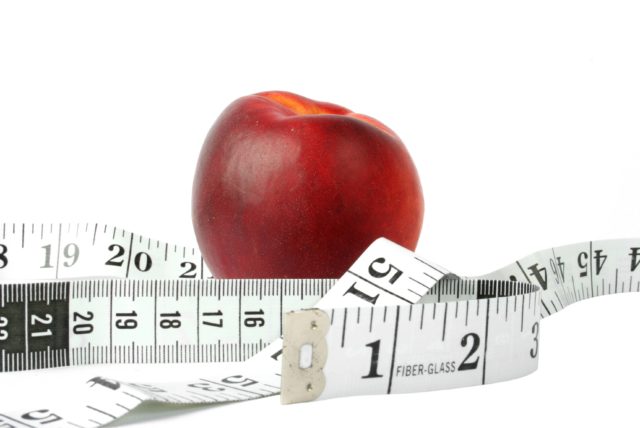Fiber for Faster Weight Loss
The American Dietetic Association reports that most Americans are a long way from the recommended intake of fiber in their daily diet. Most Americans get about 14 to 15 grams of fiber a day which is about half of the recommended 20 to 35 grams we should be getting.
Considering the fact that we get most of our fiber from fruits, vegetables, whole grains, nuts, seeds and beans, it’s not surprising that Americans are falling short. These aren’t foods most Americans are filling up on.
Increasing fiber intake helps to reduce the number of calories we consume. Fiber has been shown to increase satiety by slowing the rate that our bodies process foods through digestion. This keeps us feeling full and satisfied longer.
Studies have also shown that an increased amount of fiber in the diet can help regulate blood glucose and insulin, which may contribute to the fact that people who regularly eat a high-fiber diet tend to weigh less and are less apt to gain weight as they age.
Research on the benefits of fiber continues to mount. This research has shown that:
- Eating a high-fiber diet may play a role in maintaining a healthful BMI. Women who ate high-fat, low-fiber diets were more likely to be overweight and it is suggested that American women should place greater emphasis on consuming fiber.
- A diet high in fiber reduces your risk of colon cancer. Populations with low fiber intake could lower their colon cancer risk by 40%, just by doubling their fiber intake. This is especially true when the fiber consumed comes from grains, cereals, and fruits.
- Fiber helps to reduce the risk of type 2 diabetes. Studies have shown that those who ate a diet high in refined carbohydrates and low in cereal fiber were more likely to increase their risk of type 2 diabetes. When whole grain and cereal fiber is increased, the risk of type 2 diabetes decreased.
A diet low in fiber has been linked to the metabolic syndrome, factors that increase the risks of heart disease and diabetes. So, how do we get more fiber in our diet?
- Go for whole grains whenever possible.
- Eat beans two or three times a week.
- Eat several servings of fruit each day.
- Mix a tablespoon of ground flaxseed into your soup, smoothie or other food each day.
- Eat several servings of vegetables each day.
Take it slow and try to increase your daily fiber intake by adding one new habit each week. When you increase your fiber, you’ll also want to increase your water intake.
Related Posts
-
 Green Leafy Vegetables
No Comments | Jun 26, 2010
Green Leafy Vegetables
No Comments | Jun 26, 2010 -
 Finding the Best Weight Loss Program
2 Comments | Sep 5, 2010
Finding the Best Weight Loss Program
2 Comments | Sep 5, 2010 -
 How to Lose Weight in a Week
3 Comments | Jun 5, 2011
How to Lose Weight in a Week
3 Comments | Jun 5, 2011 -
 The First Step Is Up To YOU
No Comments | May 30, 2010
The First Step Is Up To YOU
No Comments | May 30, 2010
